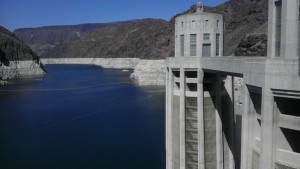There is no doubt that California faces continued challenges as we enter into the fourth year of severe drought conditions. The pundits, however, disagree with the severity of the water supply crunch in the state. Last week, two prominent California water experts gave two different opinions on how severe the water crisis in California really is. Jay Famiglietti, professor of Earth System Science and Civil and Environmental Engineering at the University of California, Irvine made a dire prediction that California has one more year of water left in our reservoirs if drought conditions do not change. He recommends immediate water rationing across the state, urging everyone to pitch in and conserve water. In contrast, Jay Lund, Professor of Environmental and Civil Engineering at UC Davis sounded a more sanguine tone. While he agreed that our snowpack in particular was at alarmingly low levels, he did not agree that California will be at the end of its rope if conditions don’t get better in a year. He said, “It’s not the right impression that one more year of this and we’re toast. There’s quite a bit more left in groundwater – a bit less every year because we’re pumping, trying to make up for the drought.” Continue reading →

